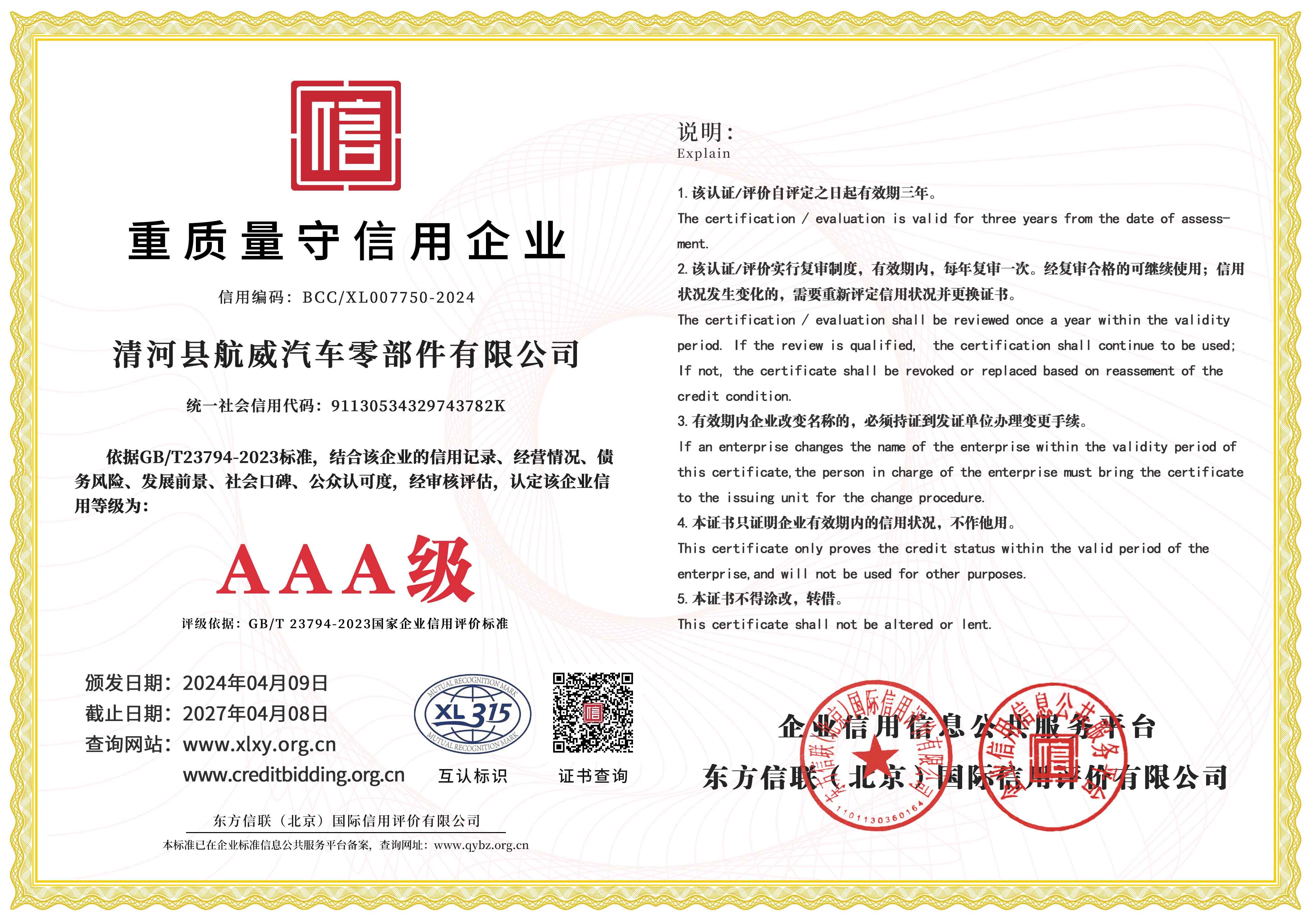Understanding the Importance of Gear Shift Cables in Smooth Vehicle Transition and Performance
Understanding Gear Shift Cables An Essential Component for Smooth Driving
In the intricate world of automotive engineering, various components work together to ensure a seamless driving experience. One such critical component is the gear shift cable, a part that often goes unnoticed but plays a pivotal role in the functionality of the transmission system. This article delves into the importance, functionality, and maintenance of gear shift cables.
What is a Gear Shift Cable?
A gear shift cable is a flexible cable that connects the gear shift lever located inside the vehicle with the transmission system underneath. When a driver shifts gears, the gear shift cable transmits the motion of the lever to the transmission, enabling the vehicle to change gears smoothly. There are typically two types of cables used in automatic vehicles the cable that connects the shifter to the transmission and a secondary cable that activates the gear indicator on the dashboard.
How Gear Shift Cables Work
The operation of gear shift cables is quite simple yet essential. When the driver moves the gear shift lever, the cable pulls or pushes on a mechanism inside the transmission. This motion engages the appropriate gear, allowing the vehicle to accelerate, decelerate, or maintain speed. The gear shift cable is designed to withstand significant stress and strain, as it is involved in the vehicle's performance every time the driver changes gears.
The flexibility of the cable enables it to maneuver around various vehicle components, while its strength ensures that it can handle the forces applied during gear shifts. Moreover, the precision of the gear shift cable is paramount; any slack or misalignment can lead to difficulties in shifting, affecting both performance and safety.
Symptoms of a Malfunctioning Gear Shift Cable
Like other automotive components, gear shift cables can wear out or become damaged over time. Recognizing the symptoms of a faulty gear shift cable is crucial for vehicle safety. Common indicators include
gear shift cable

1. Difficulty Shifting Gears If the gear shift lever feels stuck or requires excessive force to move, it might indicate a problem with the cable. 2. Unresponsive Gears When shifting from one gear to another results in little to no change in the vehicle's performance, the cable may be malfunctioning.
3. Increased Play in the Gear Lever Any excessive movement in the gear shift lever without corresponding movement in the gears could point to a loose or damaged cable.
4. Strange Noises Any unusual sounds, such as grinding or popping, during gear shifts can indicate that the gear shift cable is misaligned or damaged.
Maintenance and Replacement
Regular maintenance of gear shift cables can extend their lifespan and ensure smooth operation. Vehicle owners should periodically inspect the cables for any signs of wear, such as fraying or corrosion. If any abnormalities are detected, it’s advisable to consult a professional mechanic for inspection and potential replacement.
Replacing a faulty gear shift cable is essential for maintaining optimal vehicle performance and safety. This process can vary in complexity depending on the vehicle make and model; thus, consulting the manufacturer’s guidelines or seeking professional help is often the best course of action.
Conclusion
Gear shift cables, while often overlooked, are vital for the proper functioning of a vehicle's transmission system. Understanding their role, recognizing potential issues, and performing regular maintenance can significantly enhance driving experiences and ensure safety on the road. As technology continues to evolve in the automotive industry, the importance of reliable components like gear shift cables remains unchanged, reminding us that even the most minor elements play a significant role in the overall performance of our vehicles.
-
Workings of Clutch Pipe and Hose SystemsNewsJun.04,2025
-
The Inner Workings of Hand Brake Cable SystemsNewsJun.04,2025
-
The Secrets of Throttle and Accelerator CablesNewsJun.04,2025
-
The Hidden Lifeline of Your Transmission Gear Shift CablesNewsJun.04,2025
-
Demystifying Gear Cables and Shift LinkagesNewsJun.04,2025
-
Decoding Clutch Line Systems A Comprehensive GuideNewsJun.04,2025
